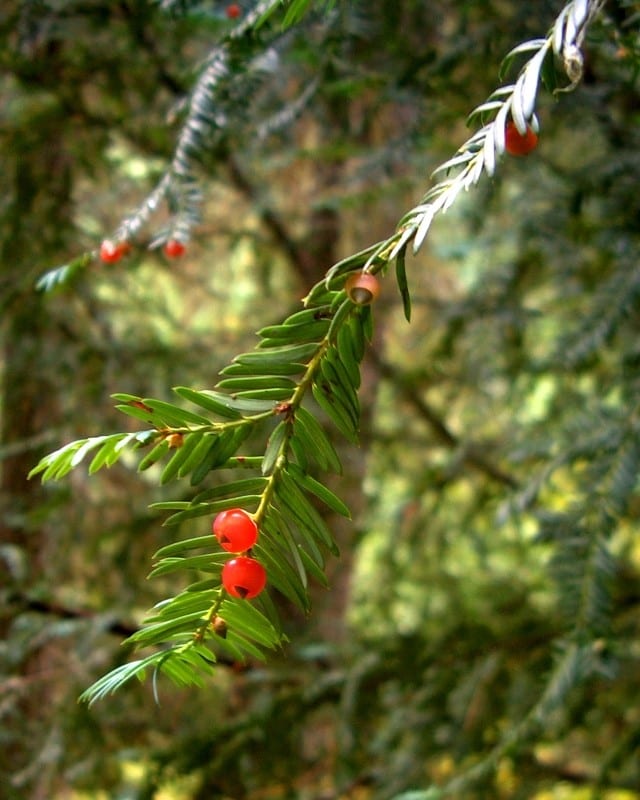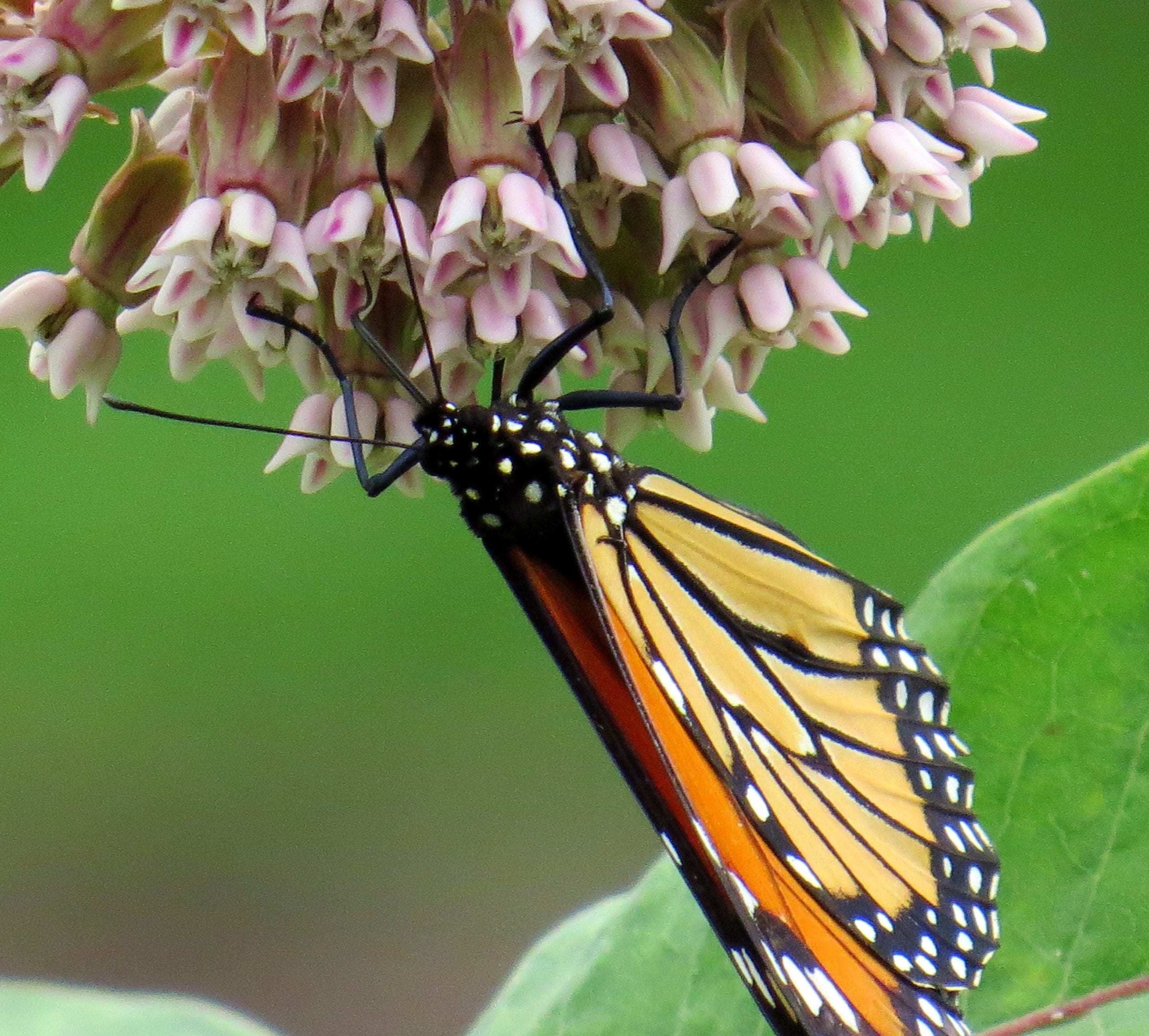Sometimes plants make it seem like nature was intended for our benefit. From the wood in our coffee tables to the rubber in our erasers – plants are so entwined with our lives that we often forget that our products were once towering elms and flowering poppies. The relationship we have with plants seems more than coincidental, and this relationship goes way back. Aristotle once said, “Nature has made all things specifically for the sake of man.†That same ideal was held for millennia by prominent figures and scientists such as René Descartes, Alexis de Tocqueville, and Francis Bacon.
Perhaps the most integral role plants have in our lives has to do with their chemistry and our health – a perplexing amount of the medicines, vitamins, and supplements we use today come from the flora of the world. In fact, 74% of the top prescription drugs used in the United States are derived from plant compounds.

Plants have an extremely diverse array of compounds termed secondary metabolites. Coincidentally, they can be incredibly beneficial to our health. For example, Taxol, which is derived from the Pacific yew plant, is a widely-used chemotherapy drug that has been effective at eradicating breast and ovarian cancer. Its properties as an alkaloid inhibit cancer growth by disrupting the cellular machinery required for cell division. Salicylic acid, a secondary metabolite that's found in the bark of willow trees, is on World Health Organization's List of Essential Medicines – most popularly in aspirin and acne medication. Quinine, from the bark of a South American cinchona tree, was a commonly used drug for malaria.
So why do these powerful compounds, that just so happen to meet our medical needs, even occur in seemingly-random plants? Coincidence—for the most part. Many bioactive compounds that we use tend to serve defensive purposes in plants. For example, the salicylic acid in our acne creams is used by plants to defend themselves against predators and pathogens. Caffeine – the drug we all know and love – is used by plants as a natural pesticide, often fatal for unlucky predators who come across it. Coumarin is a plant-derived compound used to treat maladies such as tissue swelling and blood-clotting. In plants, it wards off herbivores by its bitter taste.
Up until the 1980s, secondary metabolites were regarded as “waste products†of plant metabolism. In fact, the reason for their namesake was because they were thought as “secondary†to all other plant functions. It wasn't until recently that these compounds were elucidated for their diverse and astonishing role in ecology and survival. From sending signals to pollinators to warning their fellow neighbors of dangers, plants utilize secondary metabolites in a multitude of ways that we are just beginning to unravel.

The evolution of secondary metabolites is largely shrouded in mystery, with their exact origins being unknown. Many scientists believe that they arose from horizontal gene transfer, acquiring the machinery to produce secondary metabolites through another organism, rather than a parent. After plants obtained this new genetic component, it is presumed that diversity in these compounds exploded to hundreds of thousands of individual specialized compounds – many of which we probably have yet to discover.
Perhaps the human-centric view that the world was made for us can be ameliorated by celebrating chance – that we can benefit from the evolutionary product of millions of years, and hopefully with a responsible approach. To quote a naturalist with a more eco-centric perspective, who saw us not as superior, but interconnected, “Our imagination is struck only by what is great; but the lover of natural philosophy should reflect equally on little things.†–Alexander von Humboldt.
Look out for the second part of this series on how plants use their chemistry to communicate with each other!
About the Author
Simone Lim-Hing is a postdoctoral researcher at the University of Georgia Warnell School of Forestry and Natural Resources studying the host response of loblolly pine against pathogenic fungi. Her main interests are chemical ecology, ecophysiology, and evolution. Outside of the lab and the greenhouse, Simone enjoys going to local shows around Athens, playing Mario Kart, and reading at home with her cat, Jennie. You can reach Simone at simone.zlim@uga.edu or on twitter @simonelimhing. More from Simone Lim-Hing.
- Simone Lim-Hinghttps://athensscienceobserver.com/author/simone-lim-hing/March 11, 2024
- Simone Lim-Hinghttps://athensscienceobserver.com/author/simone-lim-hing/March 18, 2021
- Simone Lim-Hinghttps://athensscienceobserver.com/author/simone-lim-hing/April 1, 2020
- Simone Lim-Hinghttps://athensscienceobserver.com/author/simone-lim-hing/








